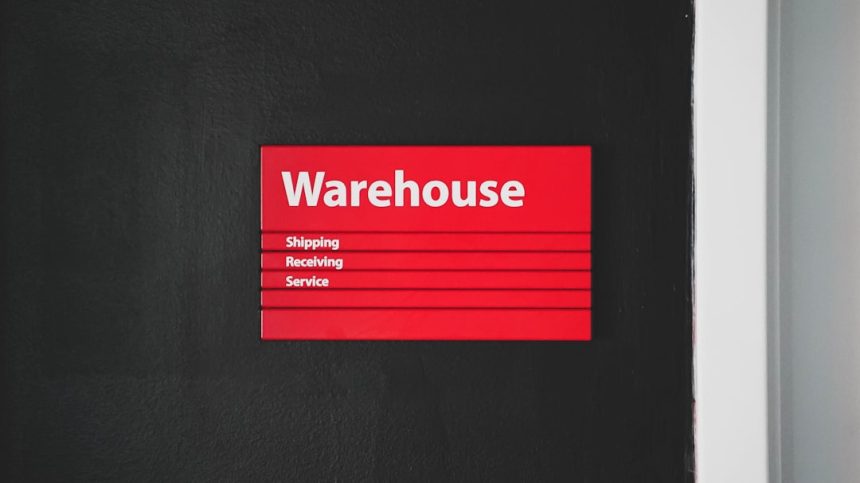In the ever-evolving world of digital media consumption, platforms like Zoechip have carved out a niche by offering access to movies and TV series. However, with growing scrutiny over copyright and ethical considerations, users and developers alike are turning to legitimate alternatives that not only prioritize lawful streaming but also offer sophisticated digital asset management (DAM) solutions. These alternatives rely on structured systems to organize, store, and retrieve media assets efficiently, ensuring seamless experiences for both content providers and end-users.
Digital Asset Management (DAM): The Backbone of Media Platforms
At its core, digital asset management is the process of storing and organizing digital content — such as videos, images, metadata, and audio files — in a central system that makes it easy to search, edit, and distribute. Leading Zoechip alternatives recognize the importance of robust DAM systems to remain competitive and compliant with legal standards. This underpinning framework supports everything from content ingestion to user interaction.
Key Features of DAM Systems in Zoechip Alternatives
Modern DAM systems that power legal streaming platforms offer a variety of features that enhance performance and user experience. Here are some of the most significant:
- Metadata Management: Every file is enriched with metadata such as title, genre, release date, and language, allowing for precise categorization and easy retrieval.
- Cloud-Based Storage: Utilizing cloud infrastructure enables secure, scalable storage and allows users to access content from various devices without slowdowns.
- Advanced Search Capabilities: Artificial Intelligence-powered search makes it possible for users to find content even if they type vague or partial queries.
- Version Control: Keeps track of content updates and ensures the latest and most accurate version of an asset is delivered to the user.
- User Access Management: Permissions can be set based on user roles, ensuring that only authorized personnel can access, edit, or delete specific digital assets.

Examples of Alternatives and Their DAM Approach
Several legal streaming services stand as prime examples of how robust DAM can elevate both backend operations and frontend user engagement. Platforms like Plex, Tubi, and Crackle do far more than just deliver content — they actively manage media libraries to ensure content quality, relevance, and discoverability. Here’s a snapshot of how they do it:
- Plex: Known for personal media servers as well as ad-supported content, Plex offers users an intuitive way to manage their own digital libraries while it uses sophisticated DAM systems in the backend to sort and enrich its media offerings.
- Tubi: This Fox-owned platform heavily leverages metadata and AI for content recommendations while managing thousands of titles through a centralized DAM architecture.
- Crackle: By partnering with content producers, Crackle ensures that every asset is cataloged and tagged correctly. Their system adapts dynamically to updates, ensuring viewers always access high-quality versions.
The Role of AI and Machine Learning in DAM
Zoechip alternatives increasingly integrate AI and machine learning to streamline digital asset management. These technologies can automatically tag media, suggest categorization, and even detect issues such as poor audio quality or resolution discrepancies. In short, AI allows content managers to handle large volumes of media effortlessly while maintaining high standards.

Security and Compliance
One critical area where Zoechip alternatives shine is security. Unlike unofficial streaming platforms, legal services must comply with copyright laws, industry standards, and user privacy regulations such as GDPR. Their DAM systems include features like:
- Digital Rights Management (DRM): Ensures that copyrighted content is only viewed by authorized users and on approved devices.
- Encryption: Protects stored assets and user data via end-to-end encryption protocols.
- Audit Trails: Maintains a log of who accessed or altered an asset, helping to ensure accountability and transparency.
Conclusion
As audiences grow smarter and more concerned with the ethical consumption of content, alternative platforms to Zoechip are stepping up with highly efficient digital asset management strategies. These DAM systems are the unsung heroes behind smooth playback, accurate recommendations, and legal compliance. With better organization, automation, and security, these platforms are redefining what it means to manage digital media in the streaming age.
Whether you’re a content creator, distributor, or everyday viewer, it’s becoming clear that behind every world-class streaming service lies a powerful DAM solution, working silently to deliver a seamless and enjoyable experience.


